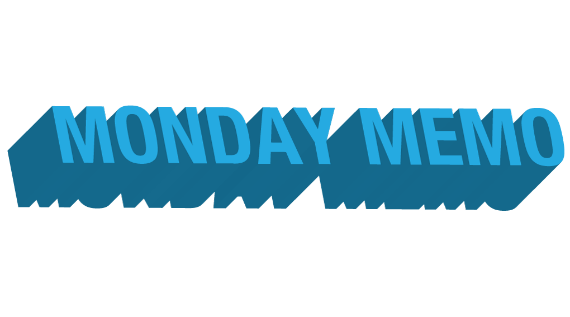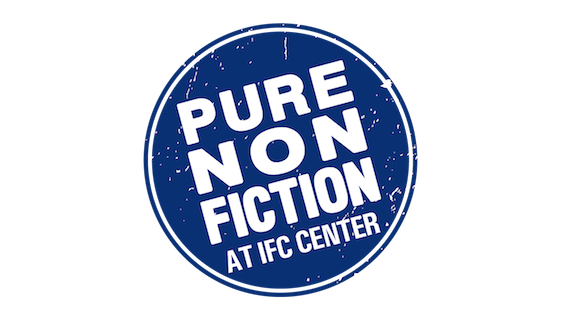In the lead-up to the Toronto International Film Festival, STF fall season and DOC NYC, I’ve frequently been guiding filmmakers on how to make the most of Twitter. It’s free and far-reaching. If you’re a newcomer, you won’t take long to get the hang of it and find your comfort level. Note the examples of @errolmorris or @gary_hustwit or @mmflint who each have different approaches. Read the charming NYRB blog by @MargaretAtwood about her early experiences on Twitter.
For more guidance, here are 10 Twitter TIps for filmmakers from @thompowers:
1) Refine your profile: Make your Twitter name short and easy to remember. Because Twitter traffics in 140 character messages, every letter counts when people re-Tweet you. Use the profile bio to steer readers to your web site or Facebook page. Get a catchy image for your icon. If you decide to change/shorten your Twitter handle, you can do it without losing your followers. A big decision is whether to create a handle for one specific film or you as a filmmaker. I think the latter strategy is longer-lasting. Also readers prefer to follow a person more than a promotional feed.
2) Communicate w/ popular users in the film world: See the STF list of Top 100 Twitter users in the documentary world; and Twitter’s list of documentary streams. You can catch the attention of other users by mentioning them in Tweets, like “Watch our new trailer… cc: @thompowers”
3) Identify influential users: Beyond the film world, look for other specialists on your film’s topic: journalists, organizations, celebrities, politicians & pundits. Follow & engage them. When you find someone closely aligned to your interest, see their profile page for who they follow. Re-Tweet other people’s comments and they’ll catch on to you.
4) Use hash tags: When you use hash tags in your posts like #TIFF12 or #documentary, people searching those words will find you. Search these tags yourself to see what others are saying.
5) Establish your expertise: Use Twitter to expand upon the themes of your work. Share links and articles that relate to your topic. See the examples of writers like @billmckibben, @carr2n, and @kbandersen who effectively supplement their longer work on Twitter.
6) Insert links: Enhance your Tweets, by giving people an action. Besides sharing articles, send them to your web page, Facebook site, Kickstarter campaign, etc.
7) Tweet often: The more you contribute, the more you build followers. Different people tune in throughout the day. So if you Tweet in the morning then again in the evening, you’re reaching different readers. It takes time to build an audience. So if you want to use Twitter for your film’s release, you can’t start the week before; you need to build up steam beforehand. At the start, it might feel forced. But eventually it will become a habit, an extra click when you’re on a web page that you want to share.
8) Schedule your Tweets: Try a dashboard application. I use HootSuite, but I hear Tweetdeck also works well. When I read the morning news and see several articles I want to share, rather than send multiple Tweets at once, I schedule them to appear throughout the day, tending toward lunchtime and evening when I presume more people are reading.
9) Apply attitude: Humor, strong opinions and memorable phrases stand out. Not that you need to be constantly clever; you can always quote other people’s catchy sentences or headlines. Asking questions is another good tactic to engage.
10) Timing is important: Twitter usage spikes around trending topics like breaking news or shared cultural moments. When that happens, jump in – especially if the moment relates to your film. During upcoming festivals, hashtags like #TIFF12 and #docnyc will be closely followed by film lovers. Join the conversation.





